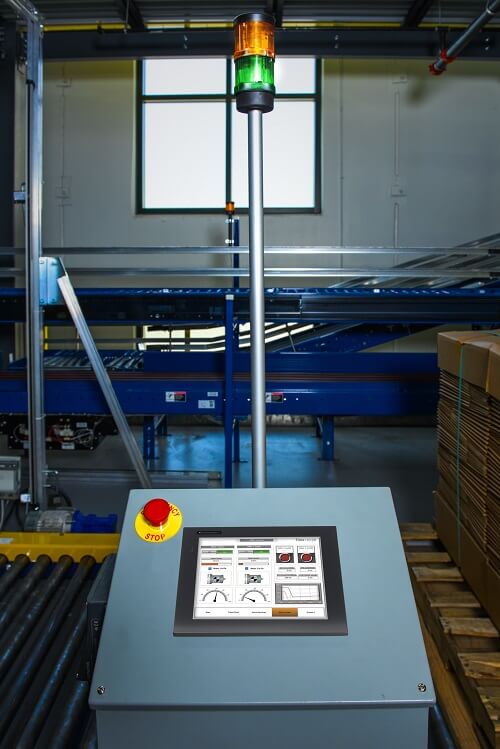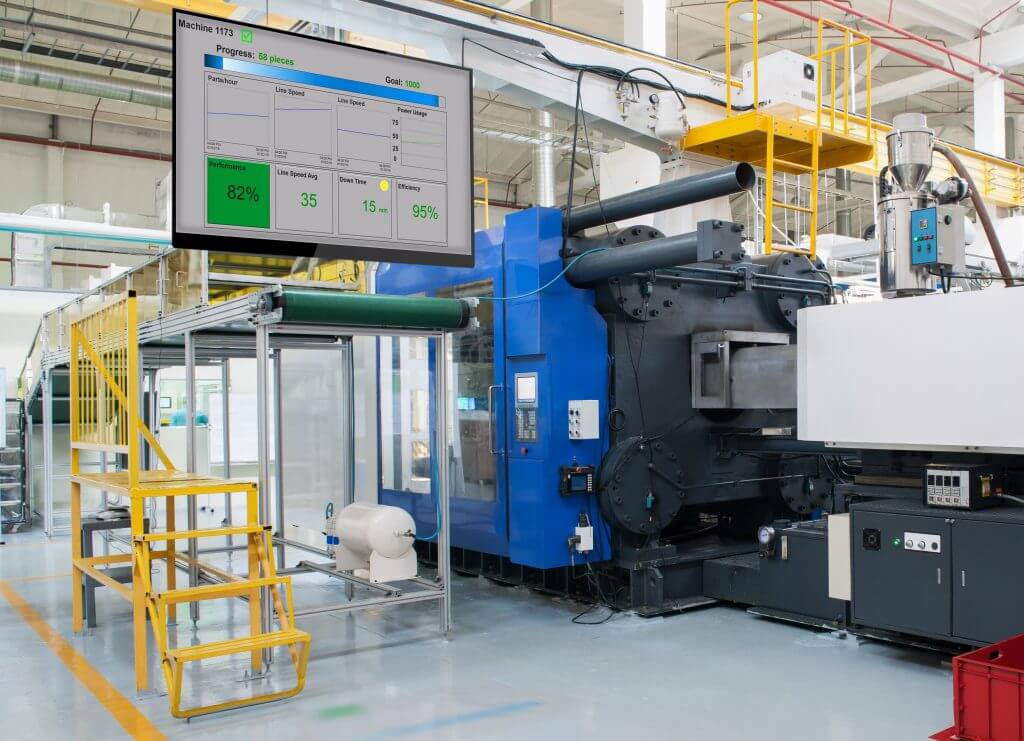New headless HMIs support mobile visualization and large-format displays, giving designers more options.

Bill Dehner, technical marketing engineer for AutomationDirect, wrote an article for the May 2020 issue of Design World titled Headless HMIs: Less is More. Here’s a summary, click on the link above for the full text.
Traditional all-in-one, panel-mount, human-machine interface (HMI) displays have been a mainstay of industrial automation for decades. They are built for tough environments, and have seen many improvements in configurability, usability, and capabilities over the years. However, many end users have been shifting toward mobile HMI alternatives, or need large displays to show factory floor scoreboard information. In many cases, new headless HMIs are the most economical and easiest option to deliver these features.
An HMI, without a Display
The earliest digital HMIs were relatively crude, but still an upgrade from the buttons and lights they replaced. Modern HMIs with bright displays, touchscreens, networking, and other advanced features like trending became common for all sorts of equipment and factory automation. But today’s users have developed high expectations based on the excellent displays and wireless connectivity provided by their mobile devices.

Going Big
Indeed, traditional HMI display sizes have increased over the years, but certain use cases demand even larger displays. For instance, it might be possible to install a large display in a protected area, but arranged to offer enough visibility for users working in a more challenging physical environment. Or maybe a warehouse or office needs a large scoreboard-type display so the team can see operational information and key process indicators (KPIs) at a glance. High definition consumer displays connected with HDMI cables can make this convenient.
Reaching Far

Other times, the best HMI display is one that a worker can carry with them. There may always be a role for at least one local fixed HMI display, but many workers like the convenience of monitoring and even controlling systems from a mobile device.
Benefits of a Headless HMI
For both the large-format and mobile use cases, headless HMIs like the AutomationDirect EA9-RHMI are often the preferred solution. Headless HMIs have all the functionality of a traditional HMI, but without an on-board display. They are industrial-grade, easy to install anywhere, and support external display and mobile display connectivity.
Headless HMIs typically cost less than traditional versions with built-in displays, and they can be added to existing systems to provide more advanced features like data logging and emailing capability. Users can access many headless HMIs with their individual mobile device.

Headless HMIs with sophisticated features give designers more options.
They can locate headless HMIs almost anywhere, use any size external display, enable mobile HMI connectivity, or even choose to implement advanced HMI features without incurring the expense of a display.
Reduced cost and increased flexibility mean that for headless HMIs, less really is more.

